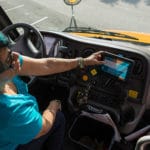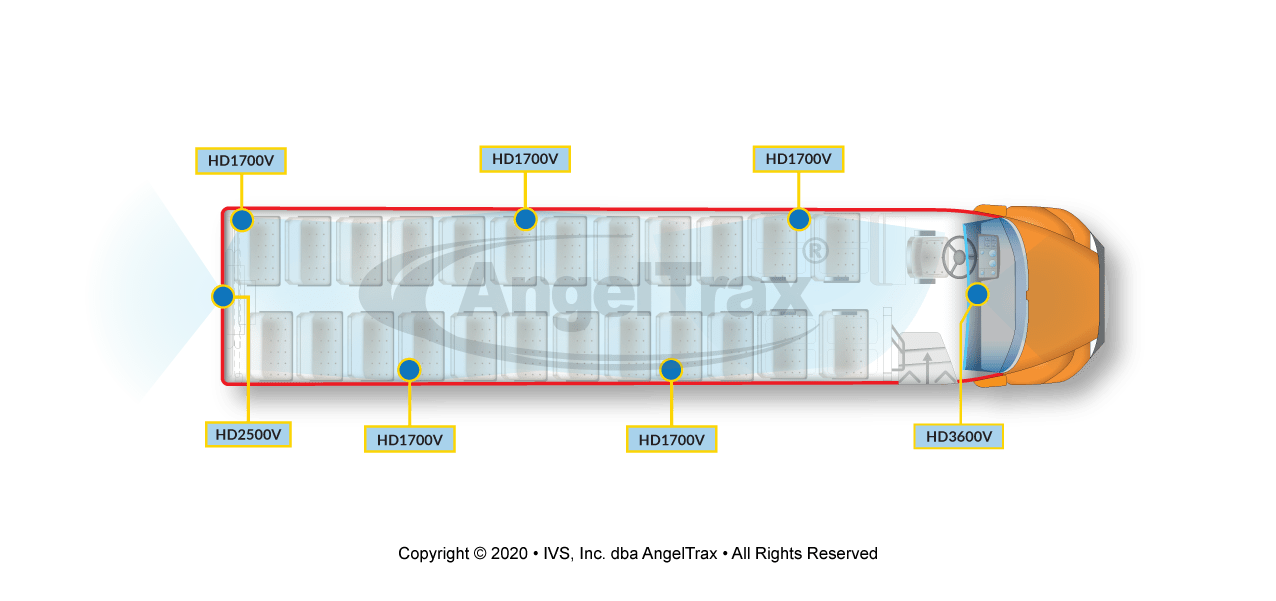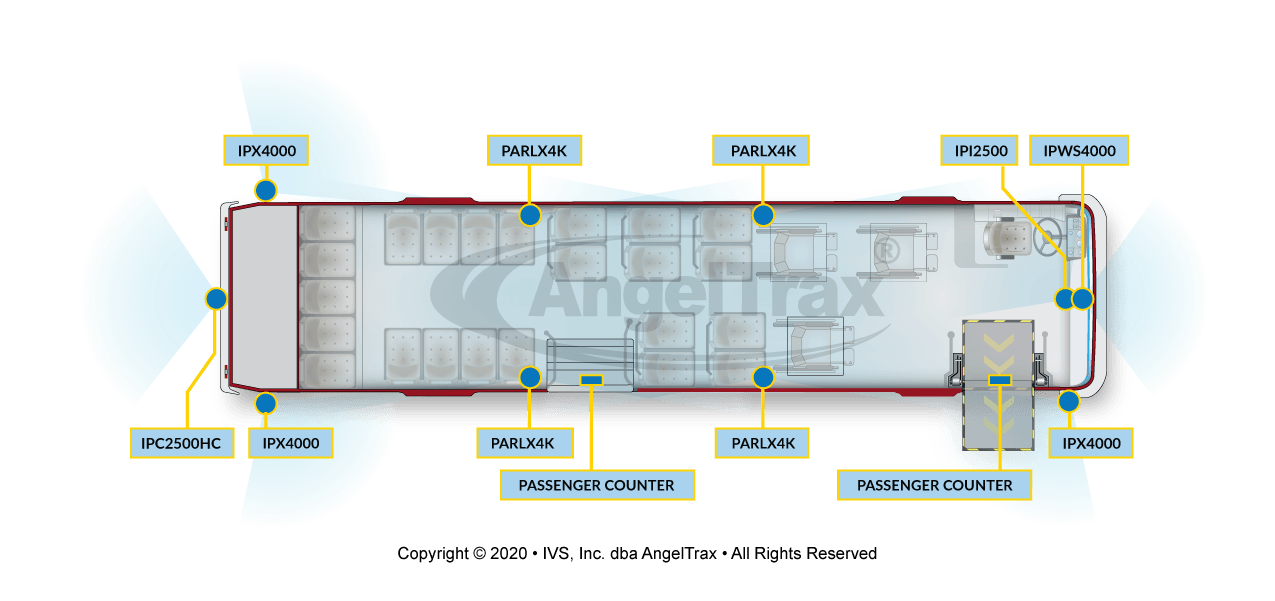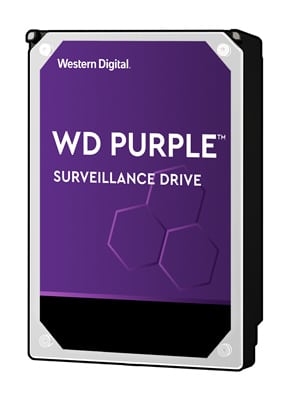Smart Fleet Management Drives Safety and Reduces Liabilities
We’ve all encountered the distracted driver on the road, either driving too slowly or swinging their car between two lanes, as if they can’t make a decision on where to go. It’s a recurring safety issue we all run into on a daily basis. The use of smart phones has been a big contributor to this in the last couple of years, to a point that insurance companies are now focusing their efforts on monitoring the drivers instead of the vehicles.
Any organization that manages a fleet of commercial vehicles is challenged to deal with reducing the company’s liability and increasing the public safety while managing a growing number of vehicles. It’s impossible to be connected with your drivers at all times without the right infrastructure. It’s no surprise that fleet managers turn to smarter ways of leveraging video and IoT data to monitor their drivers and implement proactive training.
Did We Get the Video?
Typically, that’s the first question asked when something goes wrong on the road. In the fleet management industry, if you don’t get the video you’ve got nothing. And if an accident happens, how quickly can you find the right frame amid the hours of footage? Do you know what camera gives you the best quality and angle? An ideal solution doesn’t just capture the video but captures the event at the best resolution, in suitable light conditions and with additional data that can provide additional valuable information about the event.
The Toolbox of Today – AI, Analytics and IoT

As accidents can be a complex combination of multiple events, the optimal approach allows for the correlation of video data with IoT data (e.g. speed of the car, location and G-Force indicators of aggressive driving maneuvers) to provide fleet managers with insights and learnings such as identifying whether a specific driver is repeatedly speeding or watching his phone. This type of analytics happens in the data center and leverages historical data to reveal trends or correlate new findings. This allows fleet managers to proactively improve driving behavior through training or intervene faster when bad behavior is identified.
Integrated Intelligence
Building a digital system to deliver such intelligent platforms requires a sophisticated architecture of hardware and software and a deep understanding of analytics across those components.
Today, transportation providers operating fleets of all types and sizes rely on AngelTrax technologies, a Western Digital partner providing an integrated solution to help fleet managers to increase public safety, promote safe driving practices, reduce liability and monitor vehicle movements, but most of all—to get the video.
With the Vulcan Series CoPilot System by AngelTrax, fleet clients capture interior and exterior views from the windshield plus up to five additional views. The AngelTrax Fleet solution delivers direct coaching to drivers, harnesses powerful data into relevant reports for fleet directors and expedites actionable video clips for visual confirmation of events on the road.

The School Bus Gets Smart
Here are a couple of great examples of how strategic a camera architecture can be in just one vehicle in a fleet. AngelTrax offers a full lineup of HD and IP cameras that were developed for optimal camera coverage for any vehicle type, including a school bus. School bus clients monitor student behavior even in high-back seats with the wide angle HD1700V low profile camera, as seen in the example below.

Transit clients strategically place four Parallax cameras inside the bus for an unparalleled 360-degree interior view. With patent-pending technology, each Parallax IP camera captures an extremely wide, 210-degree field of view.

Reliable Storage – Why AngelTrax Depends on Western Digital
AngelTrax has been defining the mobile surveillance industry for 20 years, and from day one, the goal has been to design and deliver the best and most reliable mobile surveillance systems available. Yet one problem has plagued every mobile video surveillance manufacturer over the years: storage reliability.
AngelTrax introduced the Vulcan Series, a comprehensive product line of mobile network video recorders (MNVRs) and mobile digital video recorders (MDVRs) to deliver extreme recording reliability to ensure data is always captured and protected.

AngelTrax chose to partner with us for their integrated solutions as they required a hard drive solution that can store multiple camera channels of video in rugged mobile environments (AngelTrax Vulcan Series). WD Purple™ SD cards are used in Vulcan Series recording units for backup storage, and the WD Purple 3.5-inch drive provides reliable storage in the 16-channel Vulcan Series V16-35 MDVR (coming soon). Built for always-on, high-definition security systems, with a supported workload rate of up to 180 TB/yr[1] and support for up to 64 cameras, our WD Purple drives are optimized for surveillance systems.
What does it mean to be surveillance-optimized? To start it means the drive has been designed and tested specifically for the needs of the surveillance industry, which are very different than drives created for desktop, NAS or gaming – here you can find out more.
Helpful Links:
Western Digital
WD Purple: https://www.westerndigital.com/products/internal-drives/wd-purple-hdd
Data and Surveillance: https://www.westerndigital.com/solutions/surveillance
AngelTrax Technologies
AngelTrax: www.angeltrax.com
Parallax: www.angeltrax.com/camera/parlx4k-series
HD1700V: www.angeltrax.com/camera/hdv-series
Stop arm violation cameras: www.angeltrax.com/camera/intelliguard
AngelTrax Fleet: fleet.angeltrax.com
[1] Workload Rate is defined as the amount of user data transferred to or from the hard drive. Annualized workload rate = TB transferred ✕ (8760 / recorded power-on hours). Workload Rate will vary depending on your hardware and software components and configurations.



